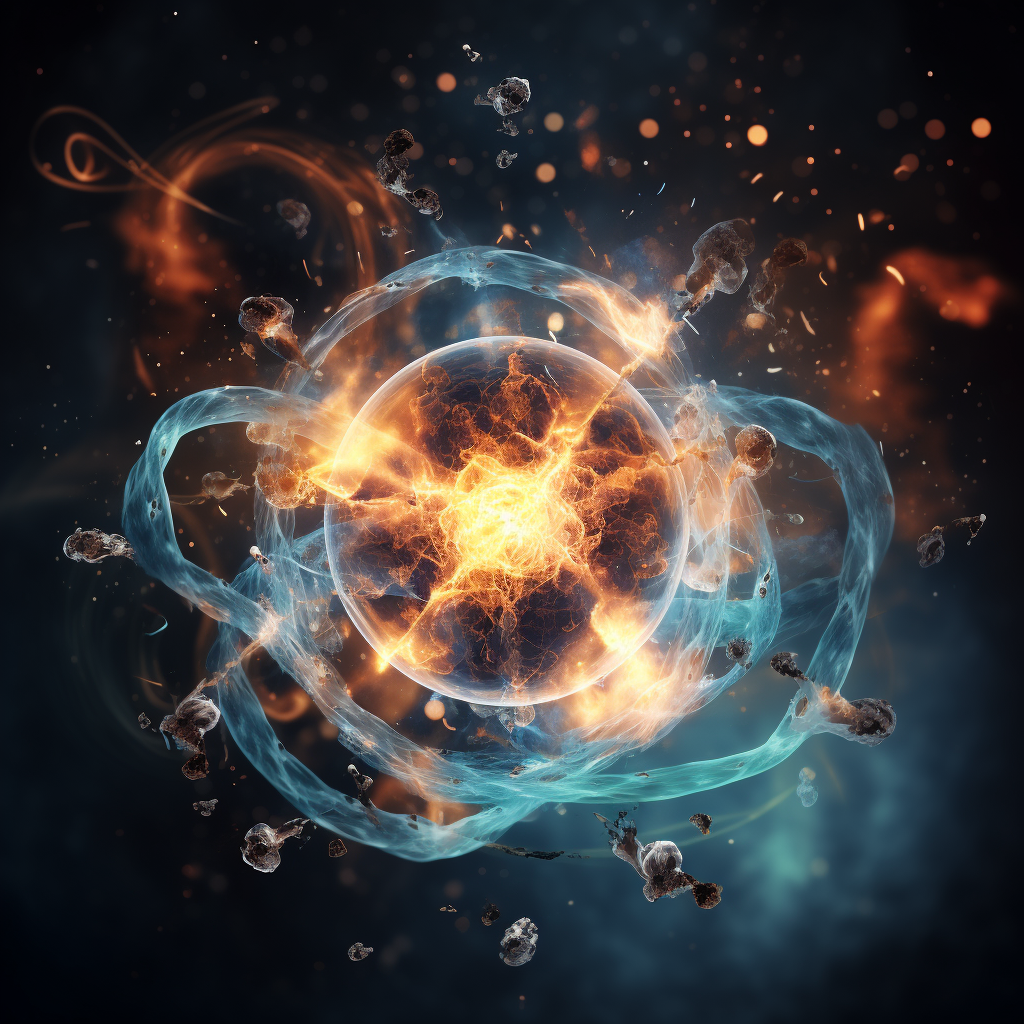Fusion energy stands at the forefront of our quest for a clean, virtually limitless power source, mimicking the processes that power our sun. Despite its promise, significant challenges remain in harnessing this technology for practical use.
Understanding Fusion and Q>1 in Simple Terms

At its core, fusion involves combining light atomic nuclei (like hydrogen) to form heavier ones (like helium), releasing a tremendous amount of energy in the process. The challenge lies in creating and maintaining the extreme conditions necessary for this reaction – temperatures hotter than the sun and immense pressure – here on Earth.
The term “Q>1” is a crucial benchmark in this journey. Simply put, “Q” represents the ratio of the energy output of the fusion process to the energy input required to sustain it. Achieving “Q>1” means the fusion reaction generates more energy than it consumes – a game-changer in energy production. Currently, most fusion experiments consume more energy than they produce, operating at Q<1.
Key Challenges
1. Containment and Stability:
Fusion reactions require a containment method that can handle extreme temperatures. Technologies like magnetic confinement in tokamaks and inertial confinement are being explored, but maintaining stability over longer periods remains a hurdle.
2. Materials and Engineering:
Developing materials that can withstand the harsh conditions inside a fusion reactor is another significant challenge. These materials must endure extreme heat and radiation without degrading.
3. Economic Viability:
Building and operating fusion reactors is currently extremely expensive. Achieving economic feasibility is essential for fusion energy to become a practical energy source.
4. Fuel Supply:
Fusion requires isotopes like Tritium, which are scarce. Efficient production and recycling of these materials are vital for sustainable fusion energy.
5. Net Energy Gain (Q>1):
This is the holy grail of fusion research. Achieving a Q>1 state consistently would mark a turning point, making fusion a viable source of energy.
In conclusion, while the challenges are significant, the potential rewards of fusion energy are immense. With ongoing research and technological advances, the dream of harnessing the power of the stars for a sustainable energy future is becoming increasingly attainable.

